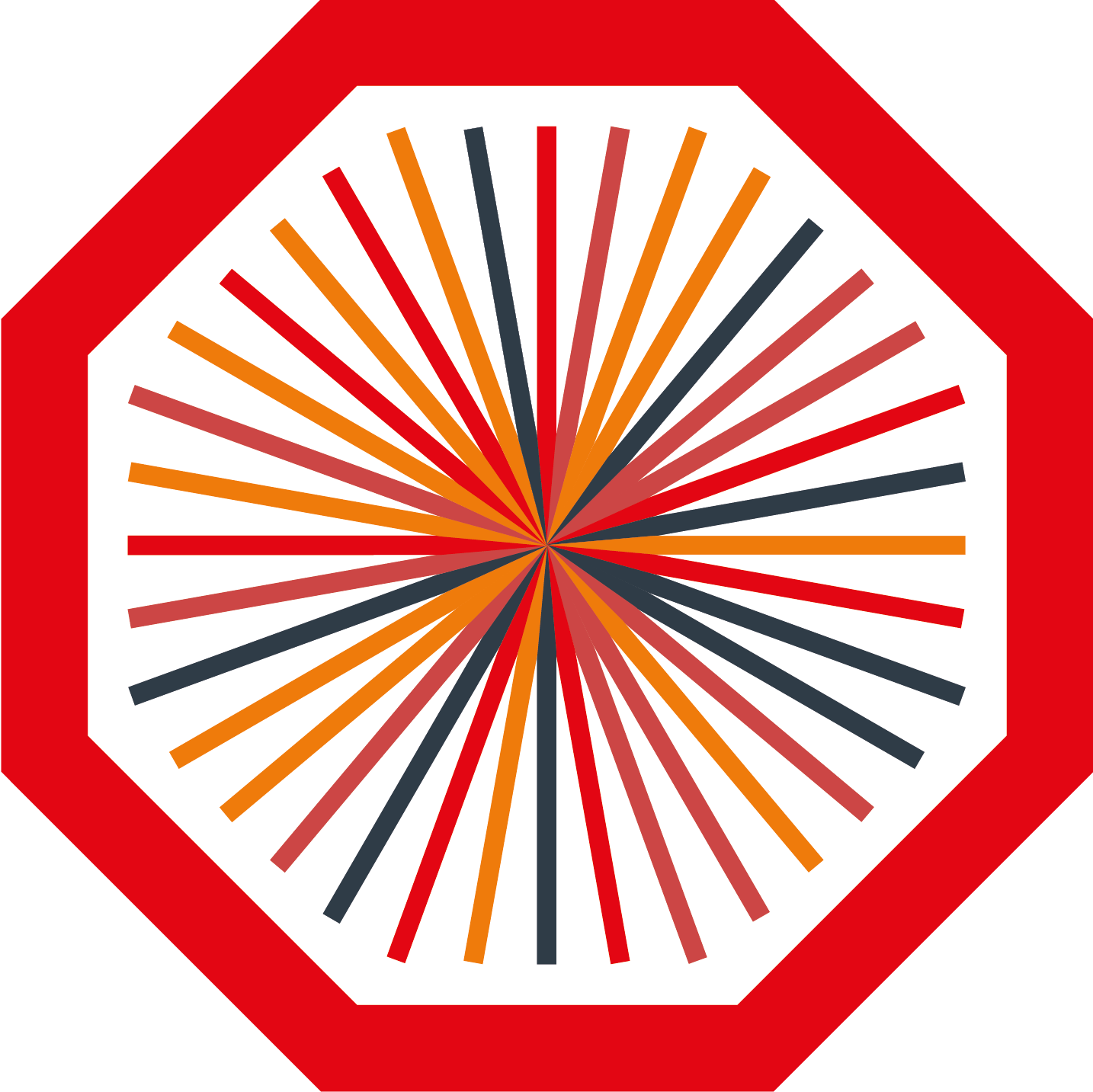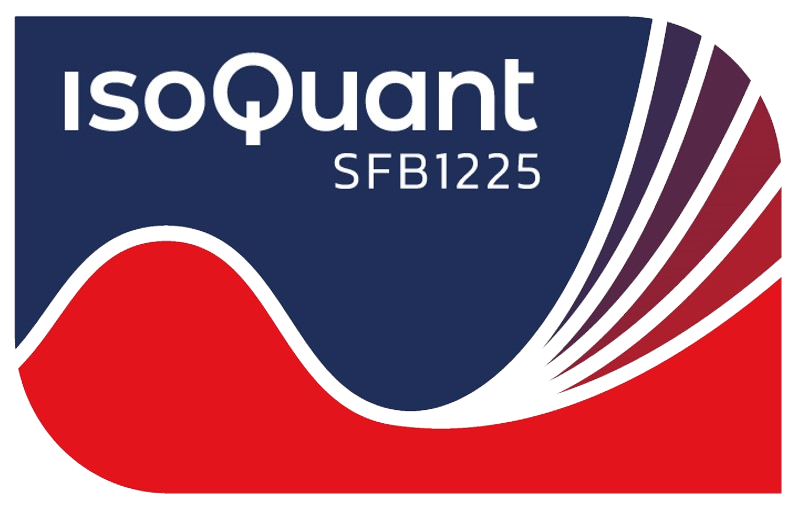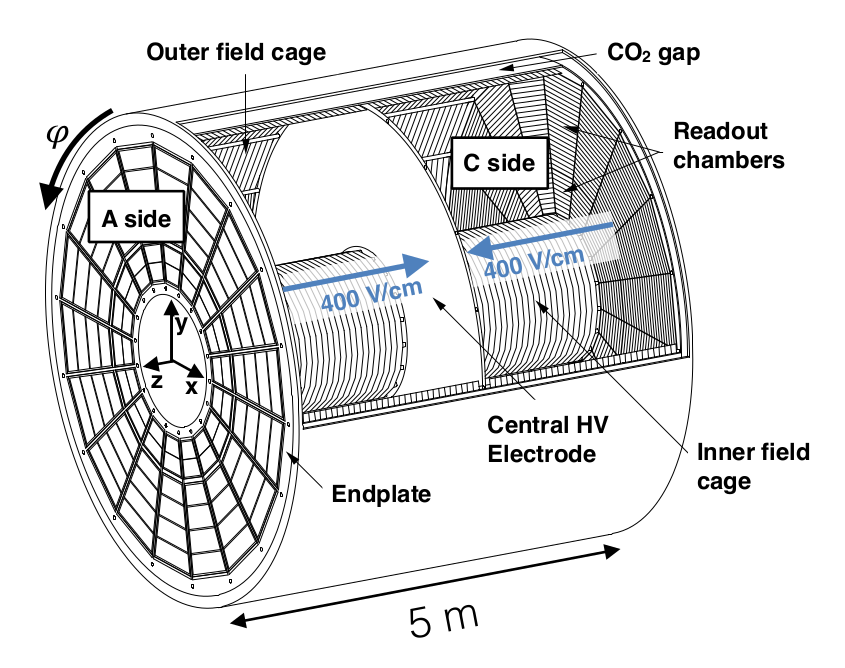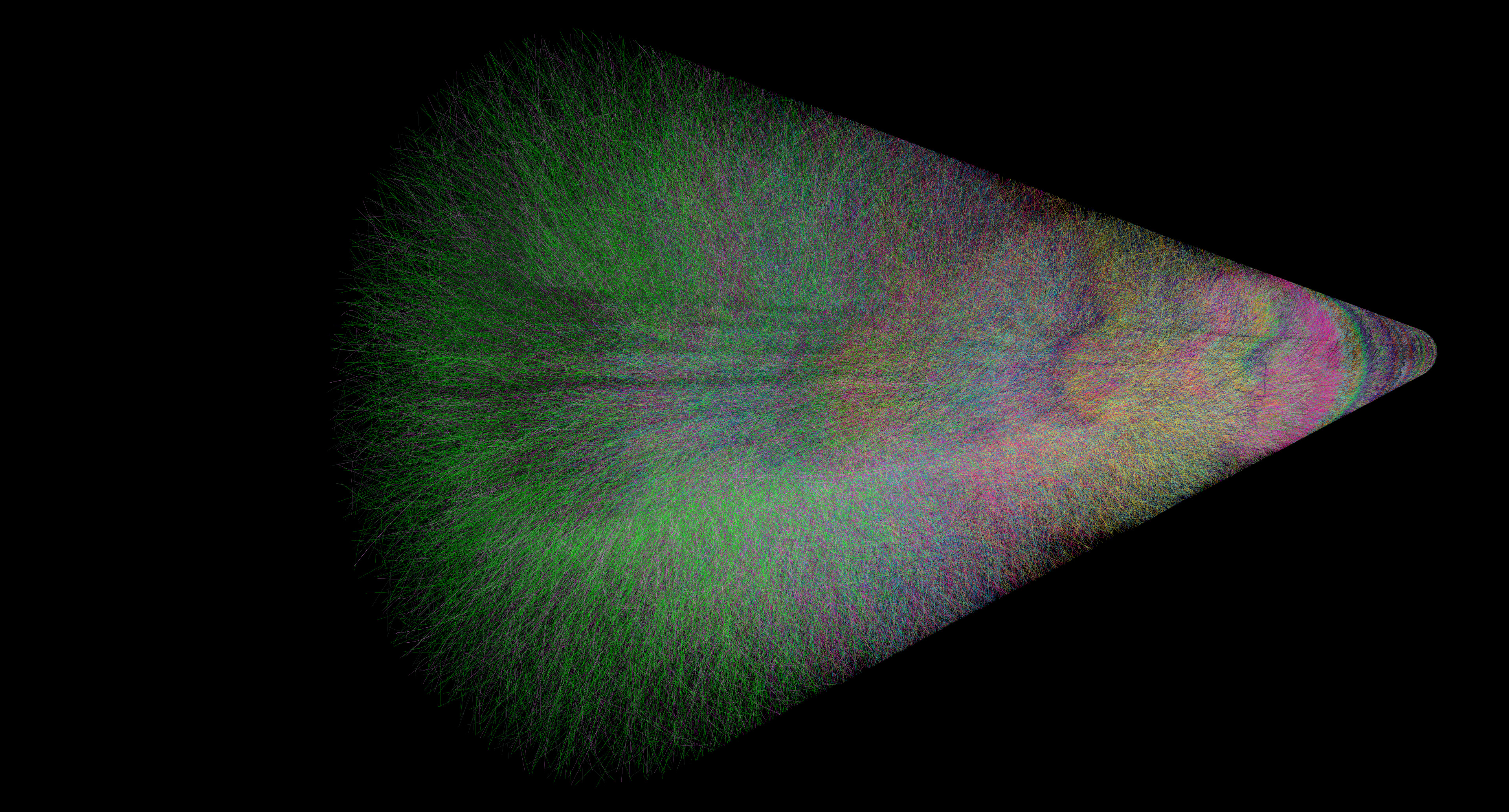TPC Calibration
The ALICE TPC
The Time Projection Chamber (TPC) is the main
The TPC is a large cylindrical detector filled with a gas mixture of Ne-CO2-N2. Particles traversing the detector lose a small part of
their energy by ionizing the gas atoms. The ionization electrons drift along a uniform electric field from their point of origin towards
the end caps of the detector where they induce a signal in the finely-segmented readout chambers based on GEM technology. These signals
provide information about the 2-dimensional (transverse plane) coordinate of the space-points while the third coordinate
(longitudinal axis) is derived from the measurement of the drift time of the ionization electrons.
A tracking and reconstruction software reconstructs the trajectories of single particles from the combination of all measured
space-points of a given event. The energy loss per unit length, dE/dx, is calculated from the total charge of all signals collected
at the pad plane of a given track. The measurement of the energy loss in combination with the information about the particle momentum,
derived from the curvature of the particles in a magnetic field, allows to identify the particle species.
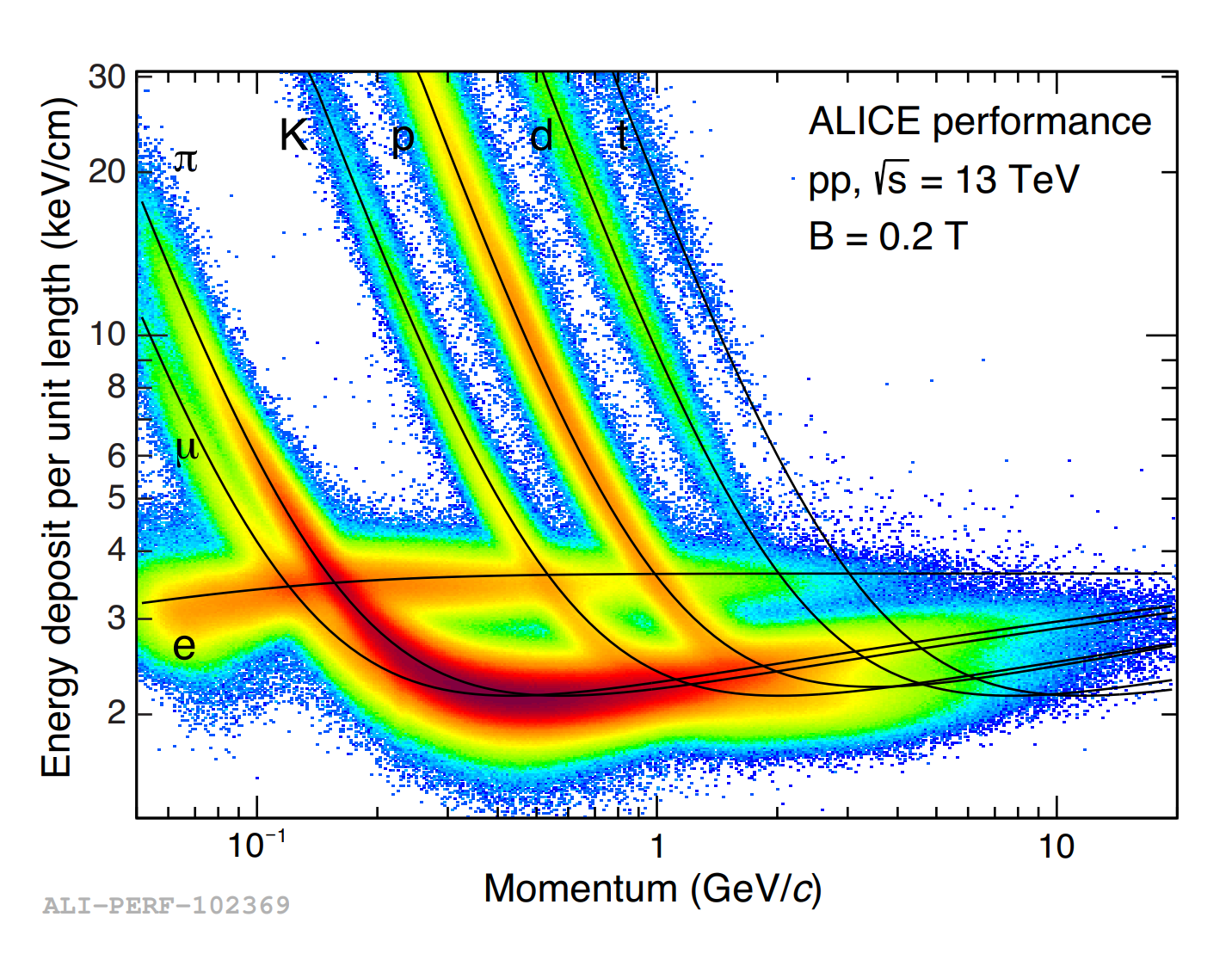
Calibration
The collection of the signals on the readout pads is subject to a number of different detector effects which distort their size,
shape and position. Therefore, a fundamental understanding of the detector and these detector effects is crucial for the proper
reconstruction of the space-points, tracks and their properties so that they can be used in physics analyses.
The
Due to the complexity of some of the detector effects,
Space-Charge Effects
One of the major calibration procedures is the correction of the coordinates of the measured space-points which will be distorted due to a significant amount of positive ions (space charge) inside the drift volume. These ions are created in gas amplification processes inside the readout chambers. Due to the intrinsic properties of the GEM readout chambers, a fraction of them enter the drift volume where they distort the uniform electric field and the drift path of the ionization electrons. Significant fluctuations of the space-charge density on time scales of the order of a few milliseconds add further complexity to the task.We are heavily involved in the
Energy Loss dE/dx
Our group, in close collaboration with our colleagues at GSI and Frankfurt University, also works on the
Tools for Calibration and Analysis of Detector Studies
The software we use for the calibration is mostly written in
The calibration methods are implemented in the
The
Contact Person in the Group
Alexander Schmah (Tenure track)




